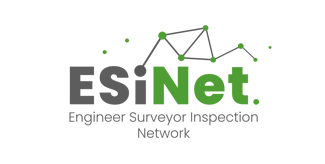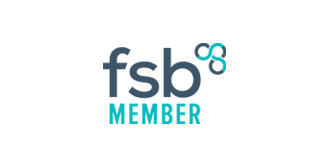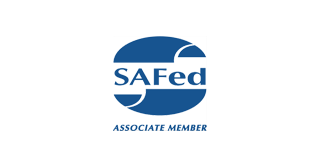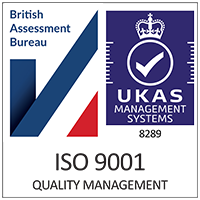When it comes to workplace safety, simply carrying out inspections and checks is not enough. Under the Provision and Use of Work Equipment Regulations 1998 (PUWER), employers are not only responsible for ensuring that work equipment is safe and properly maintained — they must also document their compliance.
In this article, we explain why documentation is a critical part of PUWER assessments, what should be recorded, and how good record-keeping can help protect your people, your business, and your legal standing.
Why Documentation Matters
PUWER places a legal duty on employers to ensure that work equipment is suitable, maintained, and used safely by trained individuals. While inspections and assessments play a key role in this process, without written evidence, there is no way to prove that the necessary steps have been taken.
Effective documentation supports:
-
Legal compliance
-
Accountability
-
Consistent safety practices
-
Improved maintenance scheduling
-
Easier audits and reviews
In the event of a workplace incident or inspection by the Health and Safety Executive (HSE), the absence of proper documentation can lead to enforcement action, fines, or prosecution — even if the equipment was, in practice, being used safely.
What Should Be Documented?
To comply fully with PUWER, you should keep clear and accessible records of the following:
1. Equipment Risk Assessments
These identify hazards associated with each piece of equipment and outline the control measures in place. Assessments should be reviewed regularly and whenever equipment is changed, moved, or modified.
2. Inspection and Maintenance Records
PUWER requires that equipment is maintained in a safe condition. Maintenance schedules, inspection reports, and details of repairs or servicing should be documented and retained.
3. Training Records
Operators must be adequately trained to use equipment safely. Keeping records of staff training sessions, certifications, and competency assessments helps demonstrate compliance with this requirement.
4. PUWER Assessment Reports
A formal PUWER assessment evaluates whether equipment complies with the regulation’s requirements. These reports should include:
-
Equipment details (make, model, serial number)
-
Assessment date and assessor’s name
-
Summary of compliance status
-
Recommendations or required actions
-
Target dates for resolution
5. Follow-Up Actions and Close-Outs
Where an assessment identifies issues, any remedial actions taken should be documented, including the completion date and person responsible. This shows that identified risks have been addressed appropriately.
Benefits of Good Documentation
Proper documentation goes beyond legal compliance. It offers several operational advantages:
-
Faster troubleshooting and repairs
Accurate records help maintenance teams identify recurring issues and resolve faults more quickly. -
Improved equipment lifespan
Regular maintenance based on documented schedules can extend the usable life of machinery. -
Consistency across teams
When new staff or contractors join, clear documentation ensures consistent procedures are followed. -
Reduced downtime
Proactive tracking of inspections and maintenance helps prevent unexpected failures.
Common Documentation Mistakes
Some businesses unintentionally fall short due to:
-
Relying on verbal records or informal notes
-
Failing to keep reports up to date
-
Not following up on identified issues
-
Storing documentation in inaccessible or disorganised formats
These mistakes can leave gaps in compliance and increase the risk of enforcement action if an issue arises.
Final Thoughts
Documentation is a key part of PUWER compliance — not an optional extra. By keeping clear, organised, and up-to-date records of assessments, training, and maintenance, you can protect your workforce and demonstrate that you’re meeting your legal duties.
At SIS Ltd, we not only carry out PUWER assessments but also provide comprehensive documentation and guidance to help you stay on top of your responsibilities. Our reports are designed to be clear, actionable, and audit-ready.











